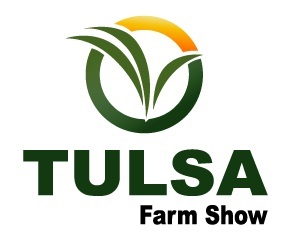
Beef Buzz News
USMEF's Erin Borror Suspects Increased Herd Liquidation May Lead to Tighter Supplies in the Future
Mon, 09 May 2022 12:29:25 CDT
Senior Farm and Ranch Broadcaster, Ron Hays is back with Erin Borror, Economist with the U.S. Meat Export Federation, talking about beef export markets.
"On variety meats, a big part of the constraint there has just been labor availability in our plants," Borror said. "We know for both beef and pork that the variety meats demand in the international markets is there."
Borror said a common complaint from staff around the world is that they cannot access as much product as they would prefer to. That situation continues, she added.
"The labor situation in plants has improved, but to be able to capture, package, and produce these variety meats for export does take additional labor," Borror said. "I have heard from the exporters they are still leaving money on the table because they just don't have the manpower to pack everything for export."
Pet food demand, Borror said, has been strong in the U.S. market. For those who can send variety meat items into the pet food channel, that has been a high-value alternative, she added.
"Through all of this we have seen really strong prices for these variety meats," Borror said. "That unit value, if you will, keeps increasing."
For example, Borror said the March variety meat volume was down slightly year on year, but that value was sharply higher because they are still paying up to get what product they can.
"For March, the beef and variety meat export value per head of fed slaughter, so just on that steer and heifer slaughter, averaged $472.73 ahead," Borror said. "That was up 36% or about $127 per head more than the year-ago comparison, and then to that first quarter, it averaged $474.10 up 41% or an increase of $138.65 cents per head."
Borror said we are exporting a larger share of production.
"First quarter, we exported 12.5% of total beef cut production, and 14.7%, when you add in those variety meats," Borror said. "We have been exporting, essentially at a new record level of production, but at these sharply higher prices."
What this tells you, Borror said, is there is strong international demand. Looking ahead to 2022 overall, Borror said she is going back and forth.
"It is extremely difficult because every variable feels like it is on the move right now," Borror said. "It is really hard to pin down and that even applies to our domestic situation, which we can usually kind of pencil that on the balance sheet pretty firmly."
Heavy female liquidation, Borror said, is adding to our beef supplies overall. Going forward, Borror added, production will probably not decline much this year, but that will lead to tighter supplies for the next couple of years.
"Honestly our biggest constraint is kind of supply-side," Borror said. "What we do as far as losing a significant share of our beef cow factory right now and heifers to market as well."
With different international currencies, Borror said that side is troubling as well.
"Figuring all of this in, we still have U.S. Beef exports for just muscle cuts up somewhere around 3 or 3.5 percent for this year," Borror said. "When we add in those variety meats because we are able to capture some more of them now, and have that strong demand, that puts us up over 4% to about 1.5 million tons of beef exports for this year."
On a value basis, we are looking at about 11.6 billion dollars, Borror said, which is a 10% increase.
Click the LISTEN BAR below to hear more from Ron Hays and Erin Borror on the latest Beef Export numbers.
The Beef Buzz is a regular feature heard on radio stations around the region on the Radio Oklahoma Network and is a regular audio feature found on this website as well. Click on the LISTEN BAR below for today's show and check out our archives for older Beef Buzz shows covering the gamut of the beef cattle industry today.
WebReadyTM Powered by WireReady® NSI
Beef News





